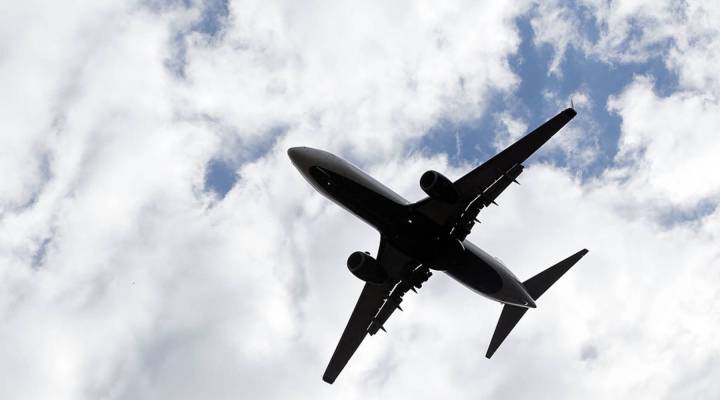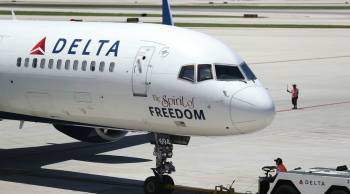
NASA has a solution for bug splats on your jetliner

For folks in the Southeast, it’s almost that time of year again. Lovebugs will descend all over cars, making a huge mess. But bug splat on jetliners is a drag. NASA is developing a bug splat remedy that could save airlines a lot of money and also reduce the carbon emissions of the airline industry.
Bug season isn’t a nuisance for everyone. “We love it, it’s awesome,” Rusty Prothro, owner of Waterworx Carwash in Pensacola, Florida, said. “It’s like flying money for us. Money with wings.”
For airlines, it’s more like money flying away. Airplane wings are designed to have really efficient aerodynamics. But during takeoff and landing, bugs can cover the wings.
“And so then, the benefits for aerodynamics that you designed the plane for, you lose some of that benefit,” Mia Siochi, a materials engineer at NASA’s Langley Research Center, said. Siochi is working on a coating similar to Teflon that makes dead bugs – essentially flying balls of liquid – roll right off the surface, sort of the way water balls up in a non-stick pan.
Airlines are interested because better aerodynamics means less fuel burn. Three to five percent less, Siochi said.
“If you’re talking about an airline spending millions of dollars in fuel,” she said, “then that’s a lot.”
So while this new wing coating wouldn’t prevent more bug casualties, Siochi said there is an environmental benefit: less drag means less carbon emissions. Air travel produces two percent of all global emissions, and as more people fly, that’s growing.
There’s a lot happening in the world. Through it all, Marketplace is here for you.
You rely on Marketplace to break down the world’s events and tell you how it affects you in a fact-based, approachable way. We rely on your financial support to keep making that possible.
Your donation today powers the independent journalism that you rely on. For just $5/month, you can help sustain Marketplace so we can keep reporting on the things that matter to you.


















